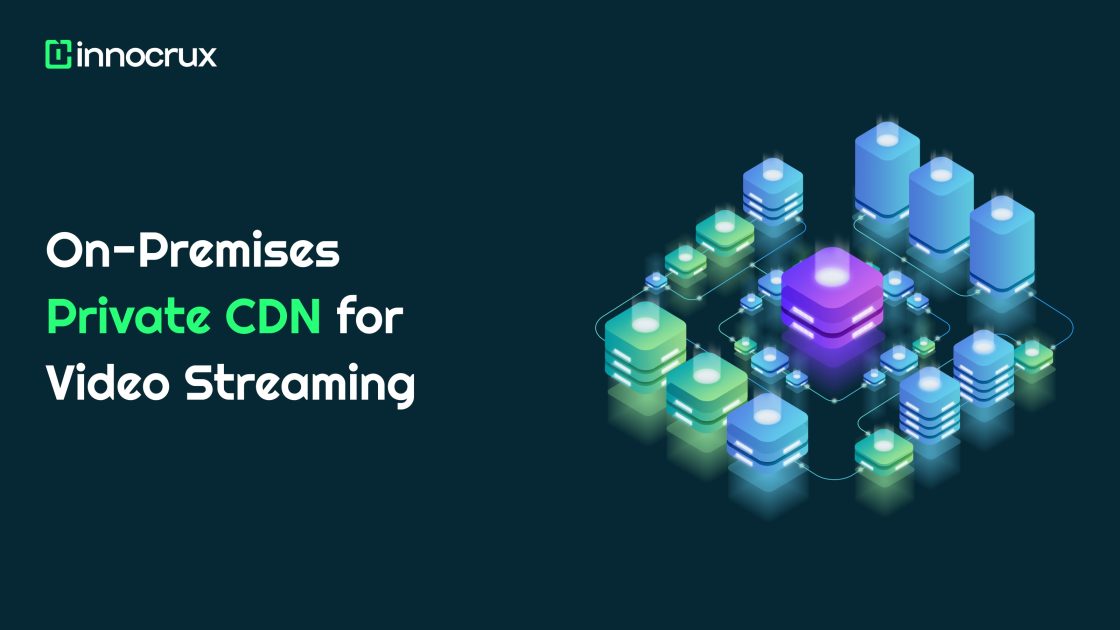Introduction
The rapid growth of the OTT industry has led to a variety of monetization strategies, with paywall and freemium models emerging as two dominant approaches. As consumer preferences evolve and competition increases, streaming platforms must carefully select the right revenue model to maximize profitability while maintaining user engagement. Whether you aim to build an OTT platform from scratch or optimize an existing service, understanding these models is essential for long-term success.
Paywalls restrict access to content behind a payment barrier, ensuring steady revenue through subscriptions or one-time purchases. On the other hand, the freemium model allows users to access content for free, generating revenue through ads and optional premium upgrades. Both approaches have their advantages and challenges, making it crucial for OTT platform providers to align their strategy with audience preferences, market trends, and revenue goals.
In this article, we will explore the dynamics of paywalls and freemium models, their impact on user acquisition and retention, revenue generation strategies, and the challenges associated with each approach. Additionally, we will discuss hybrid monetization models and technological advancements that help streaming platforms optimize their business models. Whether you are looking for the best OTT streaming solution or a white-label video on demand platform, this guide will provide valuable insights to help you make informed decisions.
Understanding Paywalls & Freemium Models
OTT platforms rely on different monetization models to generate revenue while ensuring viewer engagement. Two of the most common approaches are paywalls and freemium models. Understanding their dynamics is crucial for content providers looking to maximize profitability and audience reach using an OTT solution.
- Paywall Model: Users must pay before accessing content, either via subscriptions or one-time payments. This is commonly used by premium streaming services and ensures high-quality content for subscribers. A well-executed paywall can lead to high revenue potential but requires a strong content library to justify the cost. Platforms must also offer flexible payment options to attract and retain users. OTT solution providers in India offer tailored paywall models for better monetization.
- Freemium Model: Allows free content access with optional upgrades for premium features, ad-free experiences, or exclusive content. It attracts a larger audience while maintaining monetization through ads and in-app purchases. This model works well for platforms looking to build a massive user base first before converting them into paying customers. Many OTT streaming solutions use freemium to scale their reach and enhance revenue potential.
- Key Considerations: The choice of model depends on content type, target audience, and competitive positioning. Platforms must analyze user preferences, market trends, and content value to decide the most suitable approach. A successful strategy often involves testing different monetization models and analyzing performance metrics for an end-to-end OTT solution.
- Market Trends: Recent reports show a growing preference for hybrid models that blend free content with premium offerings, allowing users to experience the platform before committing financially. This approach reduces friction in acquiring users while ensuring revenue generation. Best OTT streaming solutions incorporate flexible monetization strategies to cater to different user segments.

User Acquisition: Which Model Attracts More Viewers?
User acquisition is a critical factor for any OTT platform. The success of either model depends on how effectively it attracts and retains new users.
- Paywall Impact: Can limit user base as it requires upfront payment, but works well for premium content providers and ott platform like Netflix. Users willing to pay expect high-quality, exclusive content and a seamless viewing experience. Paywalls require strong marketing campaigns and brand trust to convince users to subscribe without hesitation. Custom OTT solution development can enhance acquisition strategies by offering innovative paywall mechanisms.
- Freemium Advantage: Attracts a larger audience by offering free content, which can later be monetized through ads or subscriptions. This model is effective for platforms focusing on user growth and engagement. Many platforms use limited free content to entice users into upgrading to premium plans, ensuring steady conversion rates. Live streaming solutions often leverage freemium to build large user bases before monetizing through premium features.
- Conversion Strategies: Free trials, limited-time offers, and exclusive content teasers help in converting free users into paying customers. Gamification and loyalty rewards further enhance user retention. Platforms can also leverage social proof, user reviews, and referral bonuses to encourage sign-ups. IPTV OTT solutions integrate AI-driven personalization to improve conversion rates.
- User Experience: Providing an intuitive interface, smooth streaming, and personalized recommendations increases conversion rates from free to premium tiers. AI-driven algorithms can enhance content discovery, ensuring users find relevant content that keeps them engaged. White-label OTT solutions optimize UI/UX for better user acquisition.
Subscription Fatigue & Consumer Preferences
As the number of streaming services grows, consumers face subscription fatigue, affecting their willingness to pay for multiple platforms.
- Subscription Overload: Users feel overwhelmed by too many paid services, leading to churn and lower subscription rates. They often prioritize platforms that offer unique value and flexible pricing. Platforms that fail to differentiate themselves may struggle to retain long-term subscribers. Best OTT solutions include flexible payment models to address subscription fatigue.
- Freemium Solution: Provides content without financial commitment, reducing churn and encouraging user retention. Platforms can balance free and premium offerings to keep users engaged. Ad-supported models with high-quality free content allow users to stay on the platform while monetization continues. Video on demand solutions leverage freemium to engage cost-conscious consumers.
- Paywall Justification: Platforms must offer high-value, exclusive content to justify a paid subscription model. Personalized recommendations and bundled services can enhance user satisfaction. Strategic content partnerships, live events, and regional offerings can also make paywalls more attractive. White-label video on demand platforms offer exclusive content for better retention.
- Alternative Monetization: Some platforms experiment with pay-per-view and microtransactions to offer more flexible payment options and reduce subscription fatigue. Limited-time purchases, premium rentals, and episodic payments offer users more control over spending. How to build an OTT platform strategies often integrate microtransactions for better revenue management.
Revenue Generation: Paywall vs. Freemium
Revenue generation is a key differentiator between paywall and freemium models, impacting platform sustainability and profitability.
- Paywall Revenue: Ensures direct, predictable income through subscriptions, making it suitable for high-value content providers. Revenue consistency allows investment in premium content production. Platforms must balance pricing strategies with content exclusivity to maintain profitability. OTT platform providers implement robust paywall structures for revenue consistency.
- Freemium Monetization: Generates revenue via ads, in-app purchases, and premium upgrades, benefiting platforms with large audiences. Dynamic ad placement and sponsorship deals can maximize profits. Ad revenue can be optimized by offering tiered ad experiences, such as skippable ads or premium ad-free upgrades. How to build a VOD platform strategies often emphasize freemium monetization to scale revenue.
- Hybrid Models: Combining both approaches can maximize earnings by offering both free content and premium subscriptions. Customizable pricing plans cater to different user segments, increasing overall revenue potential. Offering multiple revenue streams ensures financial stability and long-term sustainability. Build OTT platforms with hybrid models ensure sustained profitability.
- Sponsorships & Partnerships: Collaborating with brands and advertisers can provide additional revenue sources while maintaining user engagement. Exclusive brand sponsorships, in-content ads, and cross-promotions can significantly boost earnings. How to build a live streaming app strategies incorporate sponsorships for enhanced revenue.
Conclusion
Both paywall and freemium models have their advantages and limitations. The right choice depends on content strategy, target audience, and revenue goals. By leveraging a hybrid approach and adopting technological advancements, OTT platforms can optimize monetization while maintaining viewer engagement.
OTT providers must stay ahead of industry trends, continuously experiment with pricing models, and focus on delivering value to users. Ultimately, a well-executed monetization strategy will determine long-term success in the competitive streaming landscape. OTT solution providers in India play a crucial role in delivering scalable and innovative monetization strategies for sustained growth.








No comments yet